In 1633, British merchants travelling east were issued with a royal command from Charles I: ‘As the king has considered that there is a great deal of learning fit to be known written in Arabic, and great scarcity of Arabic and Persian books in this country… every ship… at every voyage shall bring home an Arabic or Persian manuscript book, to be delivered to… the Archbishop of Canterbury, who shall dispose of them as the King shall think fit.’
One suspects that a hunger for learning wasn’t the whole story, and that the sight of the exquisite illustrations adorning books sent from India as diplomatic gifts had whetted Charles I’s collector’s appetite. He wasn’t alone. Over the next two-and-a-half centuries British collectors amassed tens of thousands of South Asian miniatures as gifts, acquisitions, commissions or loot. The majority filtered through to museums and libraries. Archbishop William Laud, the beneficiary of that royal command, deposited more than 250 volumes in the Bodleian; 350 rescued from the destruction of Lucknow royal library by East India Company troops in 1858 entered the collection of the British Museum to form the basis of its Department of Oriental Manuscripts. The V&A, relatively late to the feast, snapped up 273 folios of the 16th-century Akbarnama manuscript in 1895 for £100.
Then the craze went cold. Modernism shifted the dial to African ‘primitivism’ and South Asian miniatures began to look fussy and quaint. On the Indian subcontinent, where artists working for patrons in the East India Company had already adopted a westernised ‘Company School’ style, government art schools taught a European curriculum. So when the young Gulammohammed Sheikh from Baroda and Zahoor ul Akhlaq from Lahore won scholarships to the Royal College in the 1960s, they arrived expecting to join the School of London. They were diverted by an accident of local geography: the proximity of the Royal College to the V&A. Discovering the museum’s collections of Mughal miniatures changed the course of their art and that of the students they went on to teach back home.
That Sheikh and Akhlaq ‘had to come here to claim their heritage’, in the words of Anthony Spira, director of MK Gallery, is just one of the contradictions at the heart of Beyond the Page, the Milton Keynes gallery’s ambitious exploration of the history of South Asian miniature painting. Through 180 exhibits, ancient and modern, the show tracks the development of the tradition from the 17th-century ‘A Mughal prince drinking wine carried in a palanquin formed of six women’ (1610) – part of Laud’s original donation to the Bodleian – to the contemporary ‘Because You’re Worth It? II’ (2022) by the British-born Singh Twins, which features the same traditional device of a composite creature – in this case an elephant formed of brand logos – to comment on the evils of consumerism.
The good news is that, for once, we’re not painted as the bad guys. It’s fortuitous that museums on our chilly island are not infested with the insect pests that like to chomp their way through manuscripts in South Asian libraries, but as well as helping to preserve historic treasures we also get credit for our role in reviving the miniature painting tradition. In the 1880s, at a time when government art schools across India were feeding students a diet of European old masters, the artist John Lockwood Kipling, father of Rudyard, started the miniature painting workshop at the National College of Arts (NCA) in Lahore that Akhlaq developed into a dedicated department a century later. In the 1890s another British art teacher, E.B. Havell, appointed principal of Calcutta School of Art, would put Indian art at the core of the curriculum, selling off most of the government art gallery’s European paintings to fund the purchase of Mughal teaching models. It was Havell who opened the eyes of Bengal School founder Abanindranath Tagore to his native miniature tradition. He was lost for words at the revelation: ‘I felt so dizzy. So! Our old art too contains an embarrassment of riches.’
Gone are the court ceremonies, lion hunts and erotica of Mughal art; a new generation has put the traditional language to different uses. Shahzia Sikander takes a trip down memory lane in ‘The Scroll’ (1989-90), following her teenage self through the unfolding perspectives of her family home; her fellow NCA alumnus Imran Qureshi, now head of the department, drip-paints a Mughal courtyard with blood-red splats in his mini action-painted ‘Blessings upon the Land of My Love’ (2011). The beautiful ‘Children of Faith’ series (2022) by more recent NCA graduate li Kazim was inspired by an 18th-century sheet of Bengali portraits from the V&A, also on display. The more precious of the 68 historic contributions to this exhibition’s embarrassment of riches can only be brought out of store once every ten years. Catch it while you can; Milton Keynes and the Box in Plymouth are its only stops.
Got something to add? Join the discussion and comment below.
Get 10 issues for just $10
Subscribe to The Spectator Australia today for the next 10 magazine issues, plus full online access, for just $10.
You might disagree with half of it, but you’ll enjoy reading all of it. Try your first month for free, then just $2 a week for the remainder of your first year.

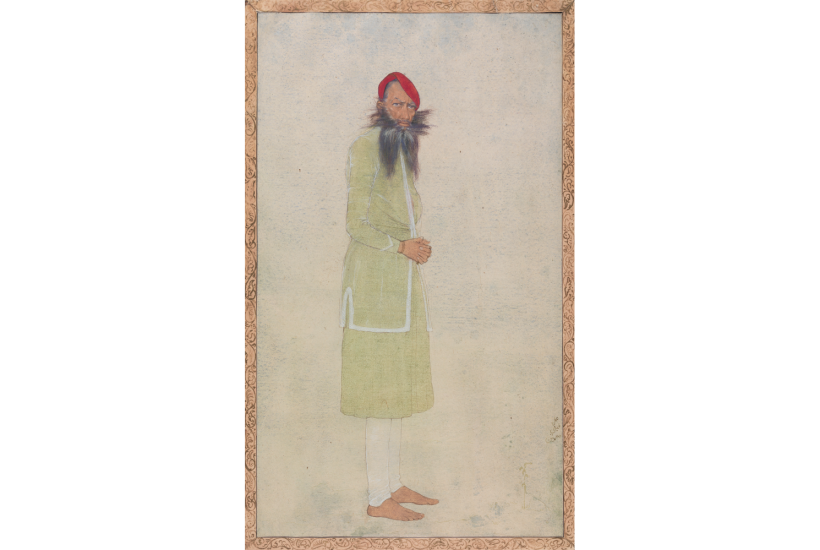

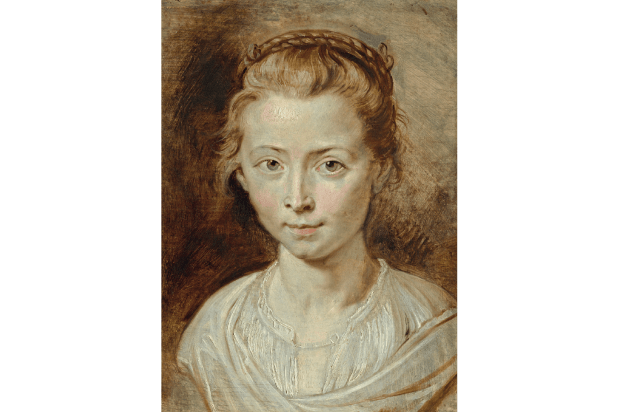
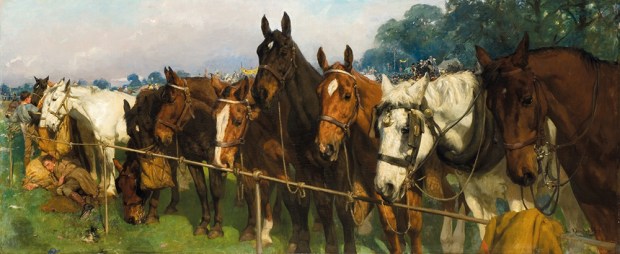
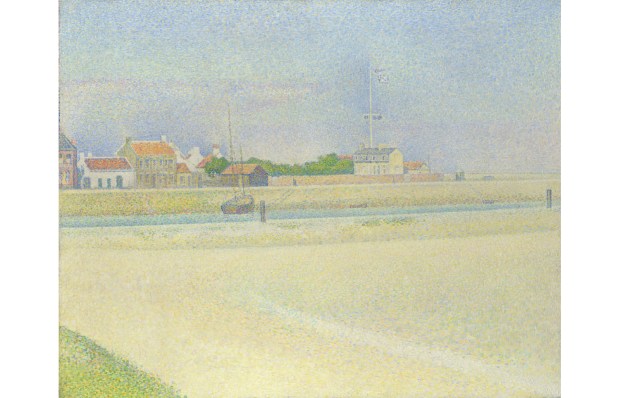
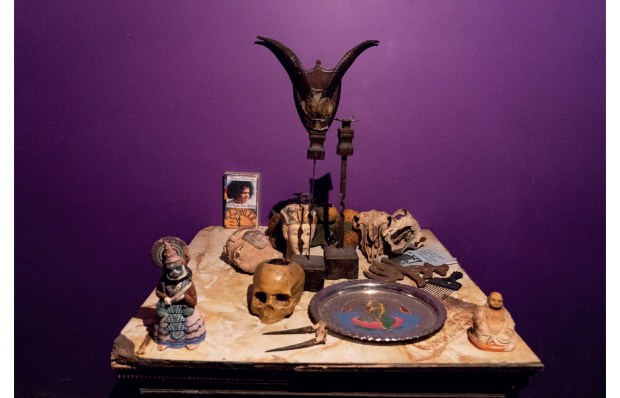
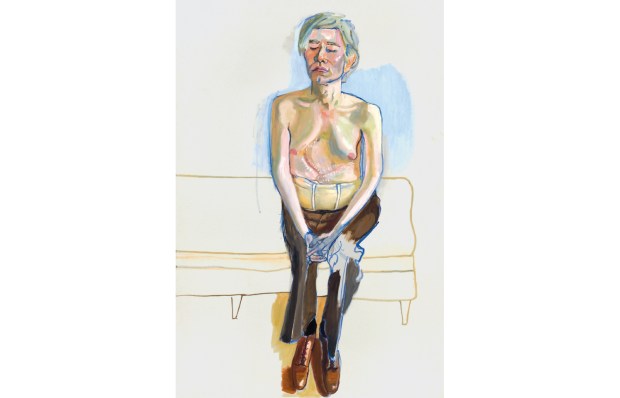






Comments
Don't miss out
Join the conversation with other Spectator Australia readers. Subscribe to leave a comment.
SUBSCRIBEAlready a subscriber? Log in